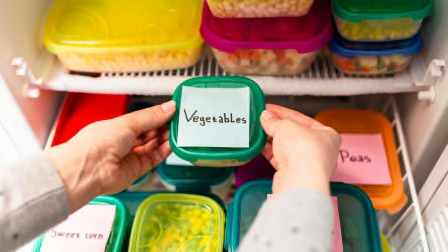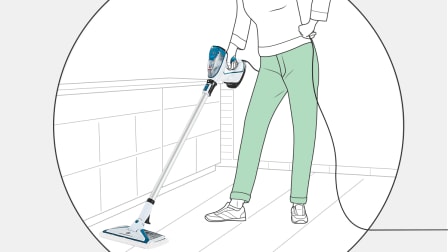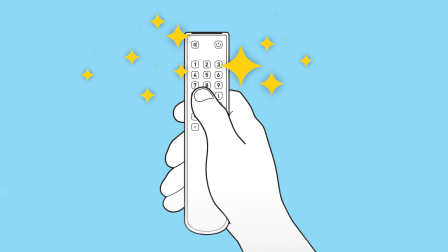How to Choose and Wear a Mask During the Coronavirus Pandemic
Science hasn’t yet revealed all the answers to what makes a good reusable mask. Here’s what we know, and what to do.
At this point in the coronavirus pandemic, it’s clear that infected people can spread the virus before they start to show any symptoms.
Because of this, the Centers for Disease Control and Prevention and an increasing number of state health departments have recommended that most people wear face coverings or nonmedical masks while out in public. (Certain groups, such as children younger than 2, are excluded from the advice.)
Some states, including New York, have made face coverings mandatory in situations where social distancing—staying at least 6 feet away from other people—isn’t possible.
This has led to seemingly countless plans and online videos laying out how to make a mask. Meantime, skilled individual sewers are selling masks, as are some companies that normally would have no reason to be in the market.
But keep two things in mind.
First, while a homemade mask may offer some protection for the wearer, the key benefit is that it may reduce the likelihood of unknowingly passing COVID-19 on to others, says Aaron Glatt, M.D., Infectious Diseases Society of America spokesperson and hospital epidemiologist and chairman of the department of medicine at Mount Sinai South Nassau in New York.
Second, even if you wear a face covering, it’s essential to continue good infection control, notably social distancing. “Social distancing is the way we’re going to get out of this,” Glatt says.
And while the CDC recommends homemade face coverings for the general public—in large part to reserve medical masks, including surgical masks and N95 respirators, for those such as healthcare workers—it’s important to choose the right fabric and fit, and to wear and care for it properly.
Here’s what government agencies and experts on infectious disease and materials science advise.
Picking or Making a Mask
The key point to remember is that a simple mask is fine. In fact, the CDC’s mask recommendations include making one from a T-shirt, with no sewing involved, and another from a bandanna. And a bandanna is certainly better than nothing, notes Richard Wenzel, M.D., infectious diseases epidemiologist and emeritus professor of internal medicine at Virginia Commonwealth University in Richmond.
You Want Something Like This
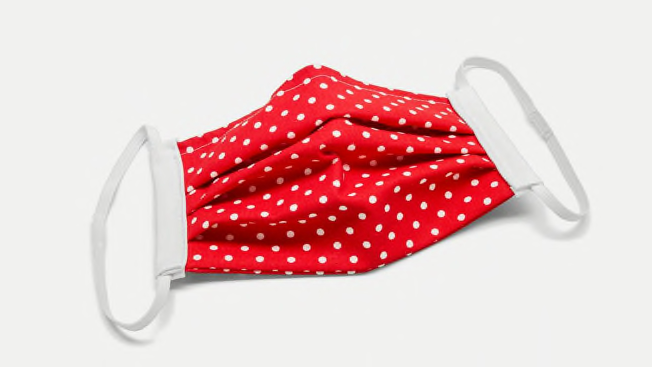
the_burtons the_burtons
Leave This Type for Healthcare Workers
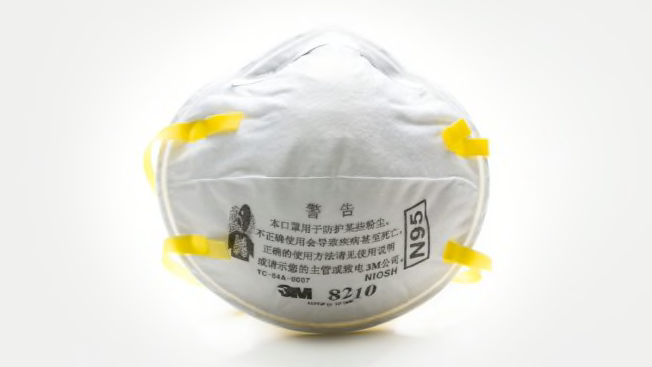
iStock-458264469 iStock-458264469
... This One, Too
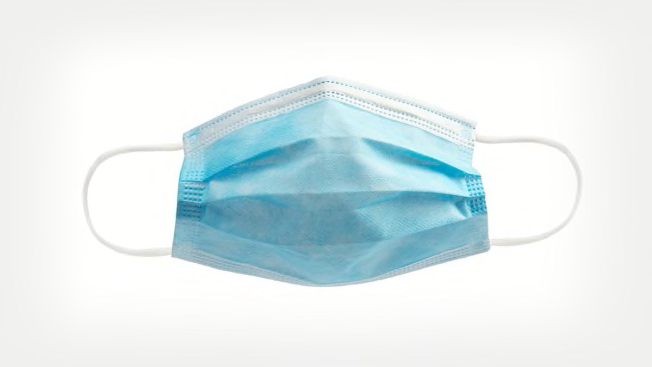
iStock-1206385911 iStock-1206385911
Wearing and Caring for Your Face Covering
Wash up. The New York City Department of Health and Mental Hygiene recommends washing your hands with soap and water for at least 20 seconds (or using alcohol-based hand sanitizer if soap and water are unavailable) before putting on your mask.
Don’t adjust it. Refrain from touching your mask while you’re wearing it—and don’t pull it down to speak or take a drink or remove it and then put it back on. Although a face covering is primarily for protecting other people in the event that you have COVID-19, it’s possible that someone else’s virus-containing droplets could end up on the outside of your mask in a crowded place like a grocery store.
Remove carefully. Wash your hands before taking your face covering off, say the experts at National Jewish Health hospital in Denver. And avoid touching your eyes, nose, and mouth during removal, the CDC advises. Touch only the mask’s ties or elastic. If you inserted a disposable filter, throw it out. NYC health officials recommend that you place your mask where no one will touch it and where it won’t touch other surfaces, such as countertops. Then wash your hands again.
Clean thoroughly. The California Department of Public Health recommends that before you reuse your mask, run it through a wash and dry cycle, or hand wash with soap and water. And let it dry completely before you use it again. You may want to have several masks so that you can rotate them, New York health officials suggest.
Important Information About Medical Masks
Consumers should stick with cloth masks mainly because healthcare workers need medical masks, which are in short supply. But there are other reasons medical masks are intended for professionals.
N95s, one of the two key types of medical masks, protect wearers from inhaling at least 95 percent of tiny airborne particles such as viruses, dust, and smoke. But they’re effective only when their edges are well-sealed against the skin, a tricky task.
N95s won’t fit everyone, and professionals who use them on the job must even pass a yearly test to make sure they’re able to get a proper seal.
They can also be hard to breathe in properly. In fact, 81 percent of healthcare workers wearing N95s reported headaches, according to a new study published in the journal Headache.
N95s with one-way vents, which allow some breath to escape the mask, are more comfortable to wear but are ill-suited to infection prevention, says Sly at Ryerson University. That’s because if a wearer is unknowingly infected with COVID-19, he or she may breathe out particles of the virus.
Surgical masks, the other key type of medical mask, were originally intended to prevent doctors from expelling potentially infectious particles onto patients as they operate on them, Sly says. Even outside of surgery, he says, they’re thought to be most effective at shielding others from germs exhaled by the wearer, rather than keeping germs out.
They also provide some protection to the wearer against large droplets that land on the outside of the mask. But because their fit is loose, they may still allow significant potential exposure to germs via gaps on the sides.
Many groups are accepting donations of these masks. There are different ways to do this, depending on where you live. For example, New York State’s Department of Health provides a form for people with protective equipment to donate. Individual hospital systems may also do this—here’s an example for UChicago Medicine. And the Massachusetts Senior Care Association is organizing donations of supplies to nursing homes. The site PPE Coalition is collecting vetted sites that can help you find a place to donate respirators, surgical masks, and even extra homemade masks you might have on hand.
If you do want to wear N95 or surgical masks, remember this: You need to follow the same precautions you would with a cloth mask, including not touching the mask while wearing it, using only the ties or elastic to take it off, and washing your hands before you put it on and immediately after removing it.
And note that these masks are supposed to be thrown away after one use. While the shortages have healthcare workers in some cases reusing these items using what the CDC calls a “crisis capacity strategy,” consumers are discouraged from doing the same thing.
“So far I have seen no protocol for decontaminating medical masks that a consumer can use,” says James E. Rogers, Ph.D., Consumer Reports’ director of food safety research and testing. “Suggestions that you can boil, steam, microwave, or put masks in an oven are not recommended,” which means, “if it says single use, that is the reality.”

















